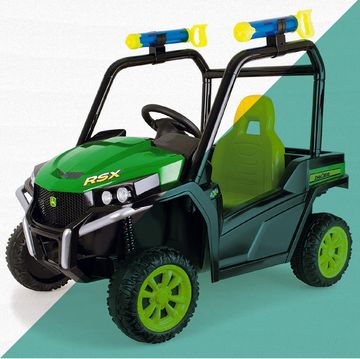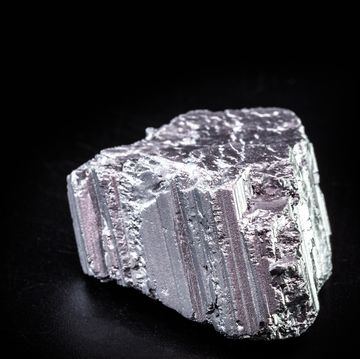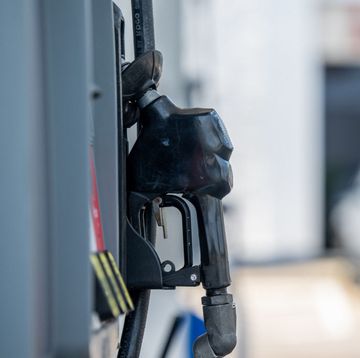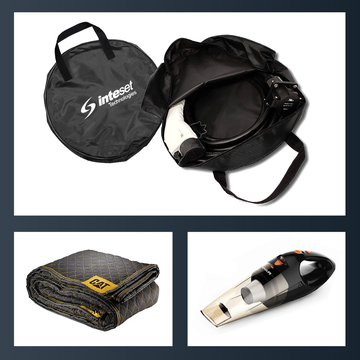Three years ago, Yokohama introduced a tire called the dB Super E-Spec, which offered a 20 percent reduction in rolling resistance without the usual corresponding drop in traction. The key: new technology using oil derived from orange peels to displace some of the petroleum that's typically used in tires.
Tires, like any manufactured product, are a compromise. In this case, the compromise is between traction, tread life, and rolling resistance. According to Yokohama engineers, tiremakers have always had to "pick one, blend two, or average three." But orange oil allows engineers to make the tire better in all three categories.
At first, Yokohama was slow to embrace this emerging technology; it offered the Super E-Spec in just four sizes. A racing slick that used orange oil followed, but the market was still quite small. Then, earlier this year, the company debuted the AVID Ascend, a new orange oil tire. The big difference now is that the AVID Ascend is available in 45 sizes and will probably fit your car. Here is a little primer on the tech to help you decide if these new tires are right for you.
Why Use Orange Oil?
Before we get too technical, lets address some tire basics. To make a broad generalization, tires typically consist of about 10 percent oil by weight. There are a number of reasons for the inclusion of oil, ranging from the extrusion process (in which compounds are turned from goo into tires after having been mixed together in a giant blender) to the desired performance characteristics of the finished product. Typically, that 10 percent oil is derived entirely from petroleum products, and, as we're sure you're aware, that's somewhat taboo in today's world—plenty of people want a greener solution.
The idea of using alternative oils instead of or in addition to petroleum in tires is not a new one. Yokohama has been doing so for 20 years and does it for different reasons depending on the application. In its ENV-R1 and ENV-R2 racing slicks, the company uses orange oil because it allows the tires to maintain a steady stickiness over more laps, resulting in a more predictable eventual breakaway. (In other words, the tire is more resistant to continued high temperatures.) The orange oil helps to stabilize the interaction of the natural ingredients in the tire with the synthetic stuff.
In its previously released dB Super E-Spec summer tire, Yokohama may have gained more in marketing than in performance. The orange oil combines with natural rubber to create a tire that's 80 percent petrochemical-free, earning the tire the vaunted "Blue Earth" eco badge. But the tire isn't "greener" because it's made of a feel-good product like oranges—frankly, just using orange oil instead of petroleum doesn't lower CO2.
Why? For one thing, the company simply buys the extract from a supplier, which also supplies firms that make cleaning products that include orange oil. The oils are extracted from the orange peel only, and Yokohama has no idea if the process used by the suppliers is particularly eco-friendly. Second, Yokohama uses the orange oil in place of petroleum only in the tread of the tire. The tiremaker wouldn't say how much orange oil it uses, as nobody at the company wants Michelin to start squeezing lemons. But as one engineer cryptically put it, the orange oil is "a percentage of a percentage of a percentage" of the tire. So only a tiny bit of petroleum is actually replaced by orange oil, and no, you won't smell oranges when you do burnouts in your Nissan Altima.
What does matter—and the reason you could make an eco case for Yokohama's orange oil tires—is that they increase longevity. Let's get back to the new tire you can go buy: In the AVID Ascend, Yokohama uses orange oil because it reduces the rolling resistance—increasing fuel economy—but still generates good traction. The tires can also employ the stiffer tread elements needed for tread life, while the orange oil ensures that traction doesn't go away as a result. In nerd-speak, the orange oil improves the microflexibility—the way the compound interacts with the asphalt's texture—of the tread surface. And that's why you can have tires that last a long time and also perform well on the road.
There doesn't appear to be a rule book on exactly how tires qualify for Blue Earth status. (You can assume that any tire with the Blue Earth stamp emblazoned on its side has it there for a reason, but nobody was able to tell us what the guidelines were. We just know that if the tire says Blue Earth, then it has some fuel-efficiency improvement and some use of "top technologies.") So, as far as we can tell, the AVID Ascend is a Blue Earth tire because it offers excellent tread wear characteristics (the T-rated tires have a tread wear of 800)—not simply because the orange oil as a material is particularly "green" or because it replaces any substantial quantity of petroleum.
Should You Buy Them?
Should you look into the AVID Ascend when you go to buy your next Grand Touring tire? Yes, we definitely think so. These tires might not wipe your global conscience clean, or even smell citrusy fresh at your local mall, but they do drive well. They're very quiet on the highway and there's no indication of them being rock hard to get those remarkable tread wear numbers. Grip is there in the corners, and the steering feel is precise and weighty, without tramlining or any notable susceptibility to tracking in road ruts.
The company has 15- to 18-inch sizes available that cover 85 percent of the touring market. They're available in T, H, and V speed ratings, and they feature some pretty impressive tread-life warranties: 85,000 miles, 75,000 miles, and 65,000 miles, respectively. These new Yokohamas are slightly more expensive than other "grand touring" tires, but we'd check that against the increased tread wear. The bump in price may end up being worth it for the extra miles you'll get out of them. The Ascend's closest competitor is the Michelin HydroEdge, and compared to that tire, the Ascend is good for about 11 percent less rolling resistance and 6000 more miles of driving (and 17,000 miles more than a conventional touring tire).
James Tate has been writing about cars professionally since 2004, but the obsession took hold before he could stand. He's a Luddite at heart, so it's the tactility and driving experience of yesterday's cars that really grab him, but an appreciation for engineering sustains his interest in the modern stuff. Tate’s writing has appeared in Road & Track, Popular Mechanics, Automobile, Autoweek, and others.













